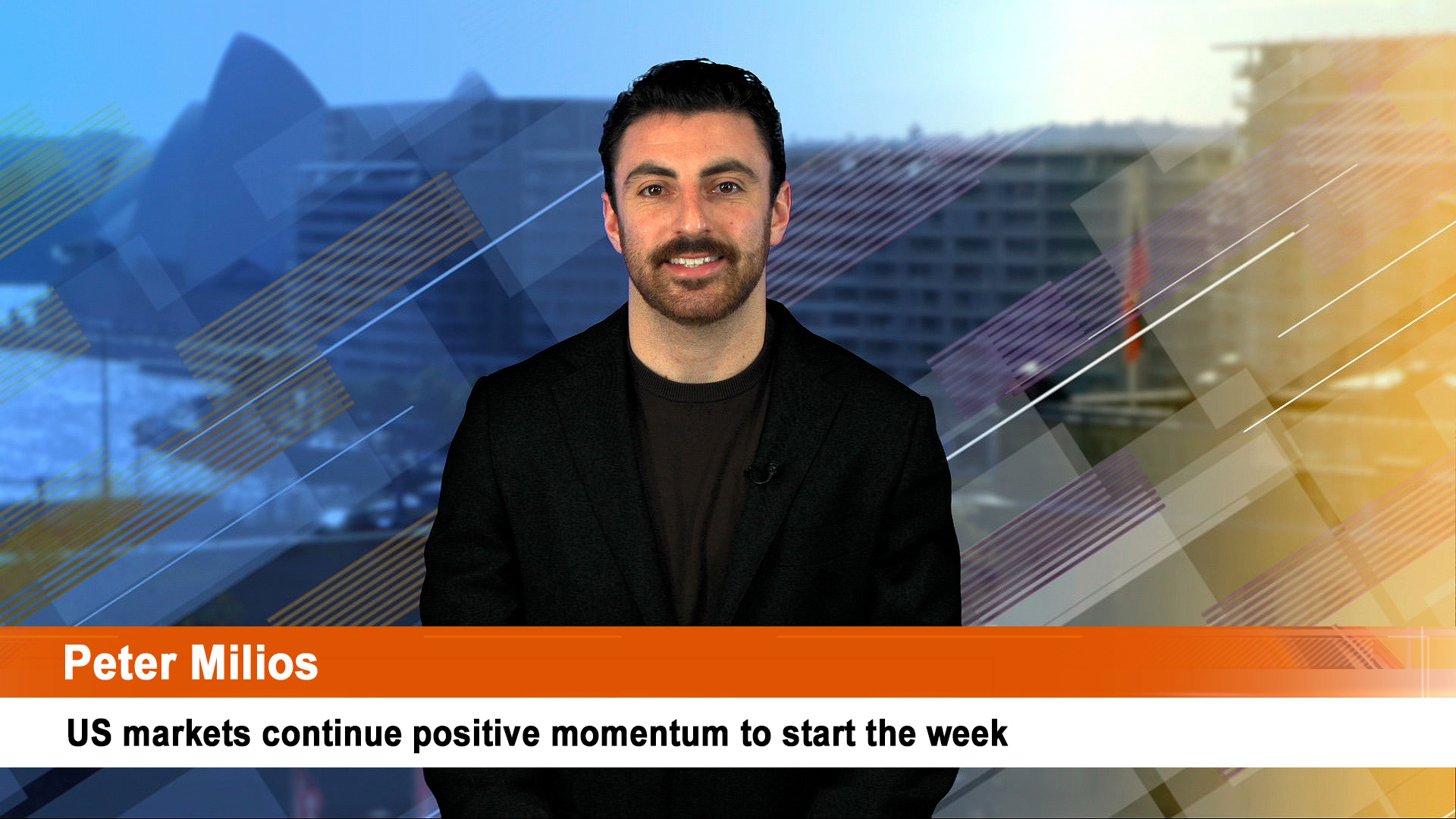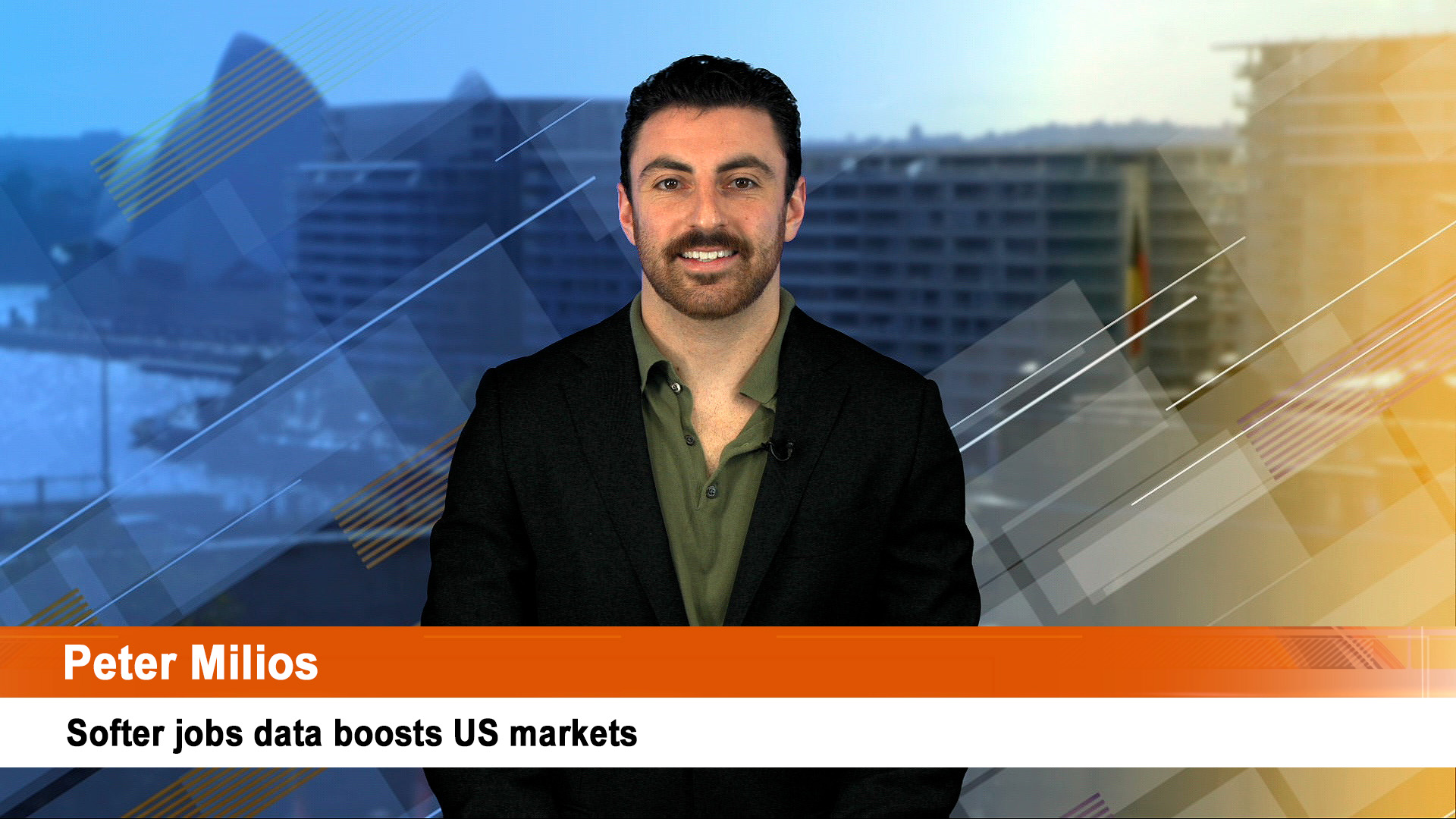So where will the ASX 200 go this morning – follow Wall Street higher by 5%, a surge that saw the main indexes double their gains in the last hour of trading – or meander higher, waiting for the Reserve Bank to rule on interest rates, after a ‘modest’ 34 rise in overnight futures?
The gains on Wall Street were spectacular – the Dow jumped 1,293 points or more than 5%, the S&P 500 surged 4.61% or 136,39 while the tech-heavy Nasdaq jumped 4.49% or 384 points.
The 5% gain for the Dow was the biggest percentage rise for the index in 11 years.
Oil and gold rose, as did copper, that bellwether commodity for China.
The Aussie dollar traded around 65.20 US cents, the yield on the 10 year US bond was around 1.15% but fell below 1.10% in Asian trading.
The reason for the rebound – the belief that somehow central banks will be able to provide the monetary policy support to offset the gathering wave of damage to economic growth – both in economies as vital as China and globally.
The OECD warned overnight that the coronavirus could halve global growth to around 1.5% from the group’s current 2.9% forecast for this year.
But investors suddenly yesterday took comments from the head of the Bank of Japan to mean that central banks were ready to provide more money to soften the impact of the virus.
While that will be great for the greedy hordes on Wall Street or investing on the ASX, it’s hard to see how that sort of stimulus will offset whatever damage has been done and will be done to economic growth.
February’s record slump in Chinese manufacturing activity (and the slide again in Australia in February) tells us the damage is now well established and will only be reversed slowly, and getting consumers spending will be the key and not higher share prices (or house prices in Australia).
European shares edged higher at the close after seesawing for most of the session on Monday, as traders swung their attention to the extra injections of support they now expect major central banks to provide following the coronavirus outbreak.
The STOXX 600 index closed 0.1% higher after a 12% slump last week, the worst weekly showing since the GFC. Oil & gas companies led the stuttering rise gains as crude prices jumped 5%.
But the Italian market – the worst-hit in Europe, slid after deaths from the virus rose to 52 from 34 within 24 hours. The Milan stock market fell another 1.5%, despite reports the government will introduce measures worth 3.6 billion euros ($US3.5 billion) this week to soften the blow.
Reuters said the weak rebound could not help travel and tourism-related stocks such as airlines. The travel & leisure group in the STOXX 600 fell 2.7%, led by a nearly 5% drop in shares of Ireland’s Ryanair.
Ryanair said it will cut its routes in and out of Italy, one of its largest markets, by 25% for three weeks, due to a significant drop-off in bookings since the virus outbreak. Lufthansa says it will cut flights to Iran and China for up to four months.
US oil futures settled higher Monday recovering much of what they lost in Friday’s session, as traders bet that OPEC and its allies will agree to cut production when they meet on March 5 and 6.
April West Texas Intermediate oil rose $US1.99, or nearly 4.5%, to settle at $US46.75 a barrel in New York. That was after a 5% slide on Friday.
The rise in confidence saw gold and silver rebound, but the gains fell short of Friday’s losses.
Comex gold for April delivery jump $US28.10, or 1.8%, to settle at $US1,594.80 an ounce. It fell nearly 5% on Friday—the biggest one-day percentage loss since the week ended June 2013. Gold fell more than 5% last week but is still up more than 4% so far this year.
Comex May silver also rose – up 28.2 cents, or 1.7%, to $US16.739 an ounce, after the 7% plus drop on Friday, which contributed to a weekly slump of about 11.6%. Silver is down around 7% so far this year.
Copper, a proxy for the health of the Chinese economy, jumped 2.2% to $US2.595 a pound.
Iron ore prices jumped sharply on Monday on hopes of more stimulus spending in China. The Metal Bulletin price for 62% Fe fines delivered to northern China jumped 6% to $US88.93 a tonne.













